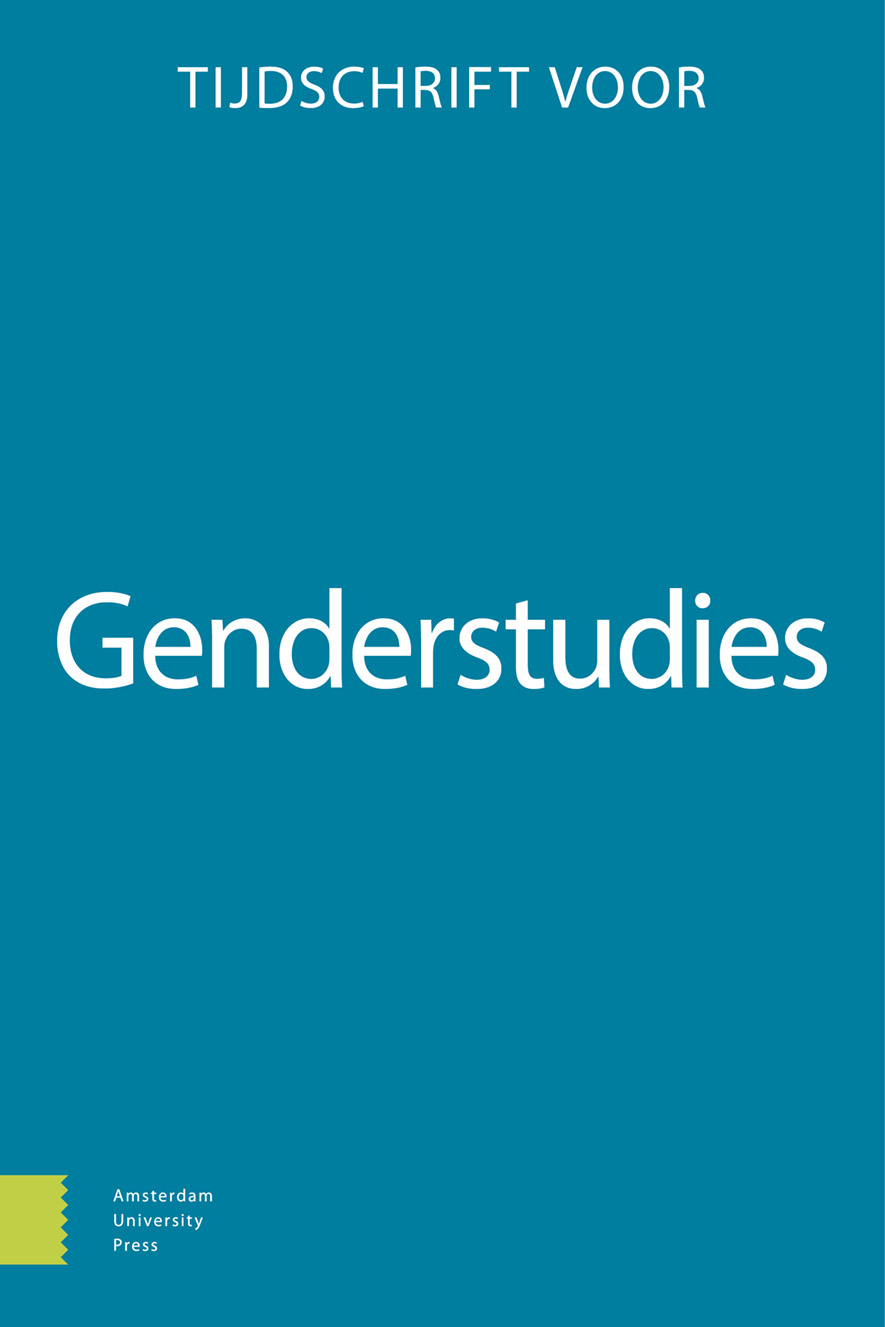-
OAReligion, gender, race, and conversion
Soumission by Michel Houellebecq and Onderworpen by Johan Simons and Chokri Ben Chikha
- Amsterdam University Press
- Source: Tijdschrift voor Genderstudies, Volume 22, Issue 2, Jun 2019, p. 191 - 207
-
- 01 Jun 2019
Abstract
In this article, I aim to contribute to discussions about the intersections between religion/secularity, gender, and race by drawing upon an analysis of contemporary cultural production in Western Europe: Michel Houellebecq’s 2015 novel Soumission (Submission) and the 2017 theatre play Onderworpen (Submission). The analysis focuses upon the way in which the novel and theatre play construct understandings of the Islamic State and Muslims, secular modernity, and femininity and masculinity. First, I look at how the novel responds to discussions, and anxiety, about the place of religion in contemporary public life, as well as the place of postcolonial racialised subjects. Second, I look at how the theatre play symbolically stages conversion. Here, I explore the notion of conversion as submission to the Islamic State, not just of the individual male character, but also of Western secular modernity at large. I argue that both the novel and the theatre play contribute to, and reinforce, the so-called Muslim Question. I conclude by considering cultural production as potentially an agent of secular feelings.


